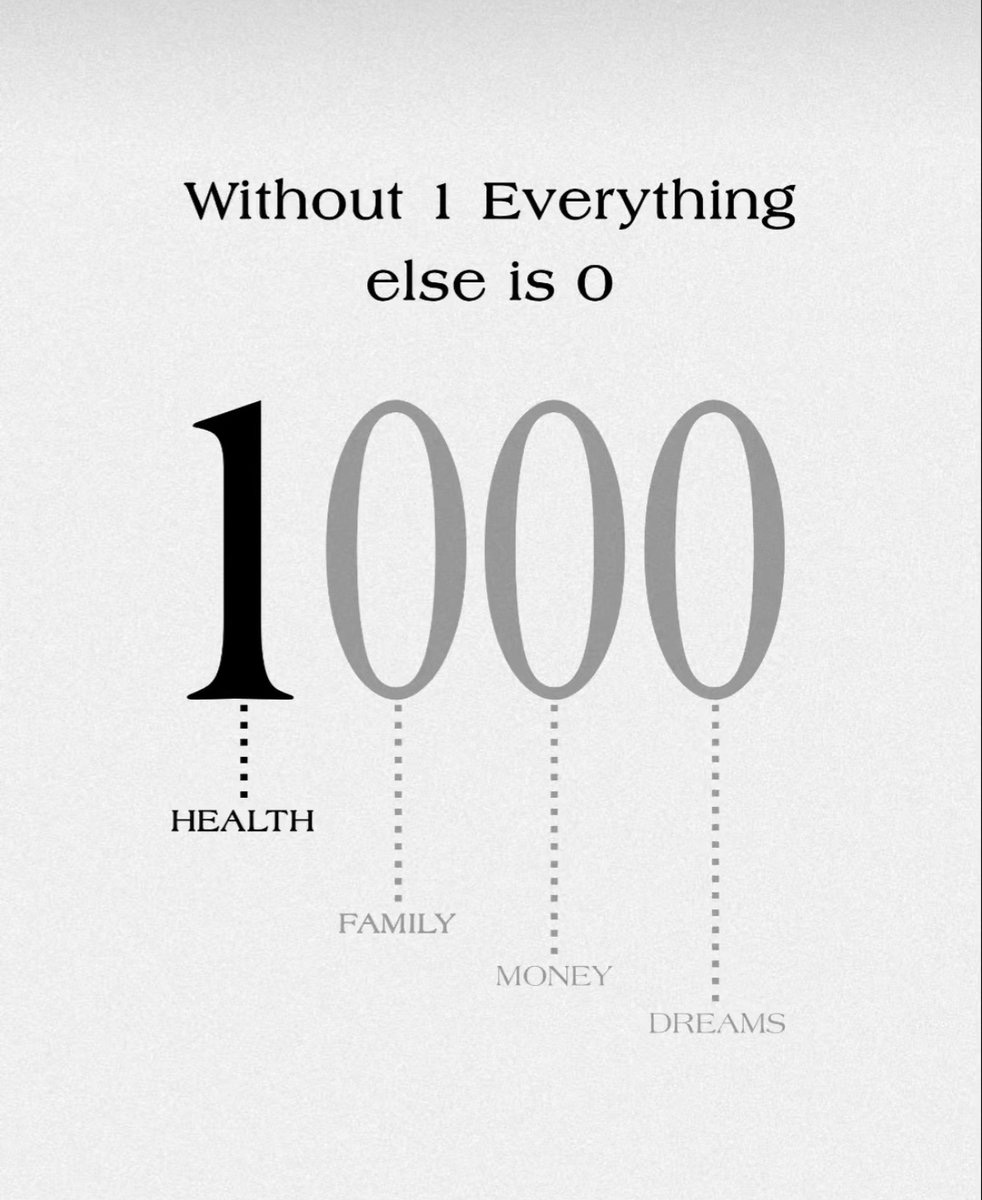#100 Series: Time - An Intimate Look at How I Spend My Days
#101 Angelinvesting.it - From idea to Series A - Weekly Newsletter
3 minutes to reflect
Dear reader,
I promised you that in this "100 series" I would be more vulnerable and open than ever before. Today, I'm sharing something deeply personal - my daily and weekly routine organization. This isn't a prescription or a one-size-fits-all solution, but rather one perspective on managing time that I've developed over years to match my specific situation and values.
Talking about time, in this pre-Christmas Saturday, if you'd rather spend time with your family instead of reading about how I organize my calendar, you have my complete understanding. However, if you're curious about one way to think about time management, perhaps you'll find some useful ideas to consider for your 2025 resolutions.
How I allocate my time: The 5 colors of my life
Over years of iteration, I've developed a color system (easy to implement with Google Calendar) that helps me align my time with my core values:
Red: taking care of the people I love
Blue: build generational wealth
Green: live healthier and longer
Yellow: enjoy life
Grey: keep things organized
In a typical week, of my roughly 100 waking hours, I spend: 40 hours caring for my loved ones and 40 hours work, 10 hours for health, 6 hours for keeping things organized and commuting, and 4 hours for social activities (dinner with friends, drinks, or a call with a loved one).
Daylight hours: Deep work in the morning, Meetings and light tasks in the afternoon
The day starts at 6. I have an hour and a half for myself, and I like to spend that time organizing my thoughts. I clean my inbox, organize my to-do list, define priorities, and complete any urgent tasks if necessary. If I have time left, I write a few words in my diary.
Between 7:30 and 8:50 is pure family chaos. I prepare breakfast for the whole family and my lunch box (if I don't have a business lunch), Katherine gets the girls ready, and then the girls and I head out - I take the little ones to school and head to the office.
At 9:20, I get my daily Americano, and the workday can begin. The day is divided into 2 blocks. Before lunch, no meetings or calls as much as possible. It's time for focused work on important things. After lunch, there's space for meetings or lighter tasks as my best concentration hours are gone.
The day closes with gym, pilates, or other sports activities, and I return home for a ridiculously early dinner, but one that allows me to eat with my daughters and wife.
Evening hours: the 2-2-3 pattern
After dinner, 3 nights a week I'm "on duty" - it's my turn to give the girls their bath, read them a book or two, and put them to bed.
Ideally, subject to countless changes, I try to fill the last 2 hours of the evening between 7:30 and 9:30 with at least 3 evenings dedicated to my wife (red) (Netflix, or on Wednesdays we go out because the babysitter stays longer).
Then I have 2 evenings each for blue (working on projects I'm particularly passionate about) and 2 yellow evenings where I try to go out, have a drink with a friend, dinner, or other options that London offers.
Very often, it ends up being 3 building evenings and 1 social evening, to be honest.
Conclusions
Reflecting on my schedule, here are my closing thoughts:
This system might seem complex with its multiple colors and time blocks. However, it's evolved naturally over years to match my specific needs and circumstances. I don't experience it as a rigid framework, but as a flexible guide that helps me stay aligned with what matters most to me.
In reality, every week brings its own surprises and changes. The beauty of having a routine isn't in following it perfectly, but in having a north star that helps guide decisions when life gets chaotic. The structure paradoxically provides the freedom to be flexible because I know my priorities.
I regularly refine this system during Easter, August, and December, adjusting based on what I've learned works and doesn't work. It's a living system that evolves with my life.
Being able to have such control over my time is a privilege I don't take for granted. Together with my family's love, this flexibility is what I consider my greatest wealth.
While this specific system might not work for everyone, I hope sharing it encourages you to think about how you can align your time with what matters most to you.
p.s. I haven't described the weekend, but it's practically bicolor - red and green, family and sports, with a touch of blue on Sunday evening when I prepare for the week ahead.
2 resources to advance to pro
1. Stripe CEO on speed of iteration. Don’t hire too soon.
“The main thing that I think companies screw up at the pre-product/market fit stage is speed of iteration. If you have some kind of meaningful—albeit perhaps small—initial set of users and you’re rapidly iterating in response to their feedback and observed behavior, I think that’s a really good spot to be in… You should be doing everything you can to tighten that feedback cycle.”
Patrick believes most startups get this wrong when it comes to hiring — either they hire the wrong people or they hire too many people. Hiring isn’t just expensive financially, but it often makes you move slower. You have to onboard them, get them up to speed, and then there’s a persistent communication and alignment tax that scales quadratically with more team members.
Patrick believes the ultimate arbiter for a new hire should be, “Will we be more responsive to what we’re learning about our users given the presence of this additional person?”
Empirically the “optimally responsive” team for a pre-product/market fit startup seems to be 2-10 people who are all either building the product or talking to users.
Patrick Collison
2. Elon Musk “be closed loop”
“The initial thought with PayPal was to create an agglomeration of financial services. So you’d have one place where all of your financial services needs would be seamlessly integrated and work smoothly.
And then we had a little feature for email payments. And whenever we’d show the system off to someone, we’d show the hard part — the agglomeration of financial services, which was quite difficult to put together. Nobody was interested.
Then we’d show people email payments, which was actually quite easy, and everybody was interested.
Elon continues: “I think it’s important to take feedback from your environment. You want to be as closed-loop as possible. And so we focused on email payments and really tried to make that work. And that’s what really got things to take off. But if we hadn’t responded to what people said, then we probably would not have been successful. So it’s important to look for things like that and focus on them when you see them and correct your prior assumptions.”
Elon Musk
1 reason to smile
Enjoy your holidays!
Merry Christmas,
Simone







Thank you for sharing, Simone. The color code reminded me of a different approach used by Sahil Bloom to analyze how he spends his time. It might be an interesting read for you:
Energy Calendars: How to Negotiate More - https://www.sahilbloom.com/newsletter/energy-calendars-how-to-negotiate-more
Wishing you a wonderful Christmas and a lovely time with your family!